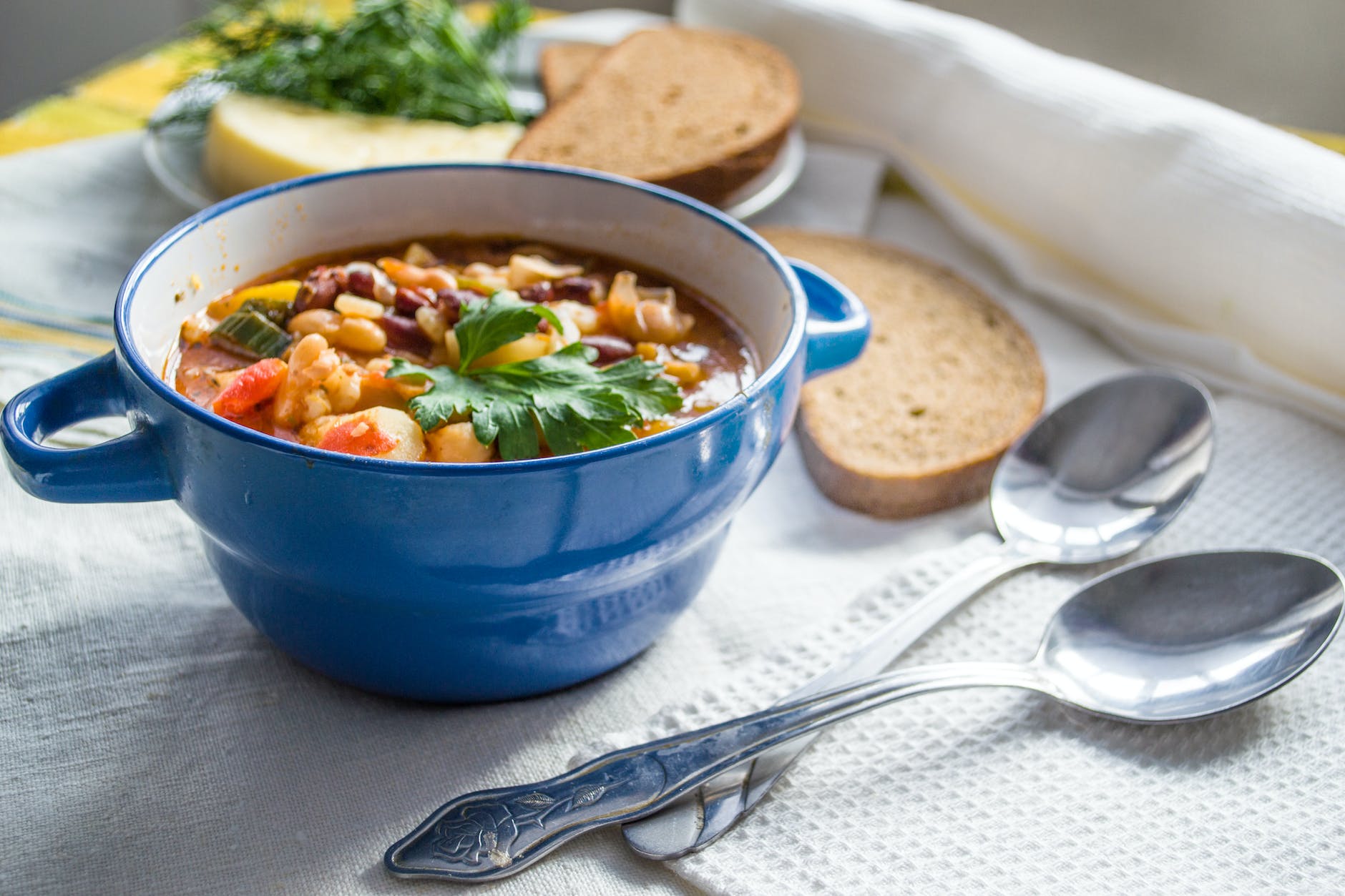
In a delightful dive into culinary history, Tasting History with Max Miller uncovers the story of Switchel, a vinegar-based beverage that quenched the thirst of 18th and 19th-century farmers. Known as “The Farmer’s Gatorade,” this drink combined simple ingredients into a refreshing and energizing concoction. Let’s explore the origins, variations, and modern-day revival of Switchel, guided by Max Miller’s engaging narrative and expertise.
The Essence of Switchel
At its core, Switchel is a blend of water, vinegar (typically apple cider vinegar), a sweetening agent like molasses or maple syrup, and ginger. This concoction served as an essential refreshment for hardworking farmers, offering a much-needed boost during the labor-intensive harvest season. Its simplicity and effectiveness made it a staple in rural life, especially in New England, where it earned the moniker “Yankee beverage.”
A Historical Beverage with Many Names
Switchel’s history is as rich and varied as its list of ingredients. It went by many names, including Swizzle, Ginger Water, Haymaker’s Punch, and more, reflecting its widespread popularity and regional variations. Each name tells a story of its cultural significance and the communities that embraced it.
Ingredients and Variations:
- Water: The base of the drink, providing hydration.
- Vinegar: Typically apple cider vinegar, adding a tangy kick.
- Sweetener: Molasses, maple syrup, or honey, lending sweetness to balance the vinegar’s acidity.
- Ginger: A spicy addition, known for its digestive and invigorating properties.
Historical recipes varied widely, with some regions preferring different sweeteners or adding spices like nutmeg instead of ginger, showcasing the drink’s adaptability.
The Making of Switchel
Max Miller not only narrates the history of Switchel but also demonstrates how to make it, offering a simplified recipe that allows viewers to taste a piece of history. The process is straightforward, emphasizing the importance of chilling the mixture to enhance its refreshing quality—historically achieved by storing the jug in a cool stream or well.
Cultural Significance and Social Roles
Switchel transcended its role as a mere beverage to become a cultural symbol. It found its place in courtrooms, Congress, and among the temperance movement, illustrating its broad appeal across different facets of society. Despite its widespread popularity, Switchel gradually faded from public consciousness, becoming a historical footnote by the 20th century.
Revival and Tasting Experience
In his video, Max encourages a modern revival of Switchel, inviting viewers to explore its unique taste. He suggests experimenting with the recipe, including the optional addition of rum, reflecting historical practices of enhancing the drink for additional enjoyment. Max’s positive reaction upon tasting Switchel underscores its potential for rediscovery. He describes it as surprisingly pleasant, likening it to a “gingery apple pie,” devoid of the expected vinegar sharpness.
Conclusion: A Drink for the Ages
Tasting History with Max Miller not only educates but also inspires viewers to engage with culinary history in a hands-on manner. Switchel, with its rich heritage and simple recipe, offers a direct link to the past, allowing us to experience the flavors that fueled generations of workers and shaped community traditions.
By reintroducing Switchel, Max Miller not only preserves a piece of forgotten history but also challenges us to rethink our modern-day beverage choices. Perhaps, in this age of energy drinks and electrolyte solutions, we might find wisdom and refreshment in the simplicity of Switchel—a testament to the enduring power of historical recipes.
In exploring Switchel, we’re reminded of the timeless value of simplicity, the importance of cultural preservation, and the joy of culinary exploration. So, why not take a page out of history and whip up a batch of Switchel? It might just become your new favorite summer drink.
FAQs for “Rediscovering Switchel: The 19th Century’s Answer to Modern-Day Energy Drinks”
- What exactly is Switchel?
- Switchel is a refreshing, vinegar-based beverage made from water, apple cider vinegar, a sweetener (like molasses, maple syrup, or honey), and ginger. It was popular in the 18th and 19th centuries, particularly among farmers.
- Why was Switchel so popular among farmers?
- It was favored for its hydrating and energizing properties, making it an ideal drink for farmers during the hot, labor-intensive harvest season.
- Can I make Switchel without apple cider vinegar?
- Yes, while apple cider vinegar is traditional, you can experiment with other types of vinegar for different flavor profiles, though the unique taste of apple cider vinegar is recommended for authenticity.
- What kind of sweetener works best in Switchel?
- Historically, molasses, maple syrup, and honey have been used. The choice depends on your taste preference and the flavor profile you’re aiming for.
- Is it necessary to add ginger to Switchel?
- Ginger adds a spicy kick and digestive benefits to Switchel, but you can adjust the amount to suit your taste or experiment with other spices like nutmeg.
- How long does homemade Switchel last?
- When stored properly in the refrigerator, Switchel can last up to a week. Ensure it’s in a sealed container for best preservation.
- Can I add alcohol to Switchel?
- Yes, adding rum to Switchel was a common variation, especially among sailors and whalers. It’s an optional addition for those who prefer a spiked version.
- How should I serve Switchel?
- Switchel is best served cold. You can chill it in the refrigerator or serve it over ice for a refreshing summer drink.
- Is Switchel healthy?
- Yes, Switchel is made from natural ingredients and can be a healthy alternative to sugary soft drinks, offering hydration and potential digestive benefits from the ginger and apple cider vinegar.
- Can Switchel be made in large batches?
- Absolutely. Switchel is easy to scale up, making it perfect for large gatherings or for having a refreshing drink on hand throughout the week.
Blog Tags for the Post
Switchel, historical recipes, homemade drinks, apple cider vinegar, natural energy drinks, summer beverages, traditional cooking, culinary history, Tasting History, Max Miller










